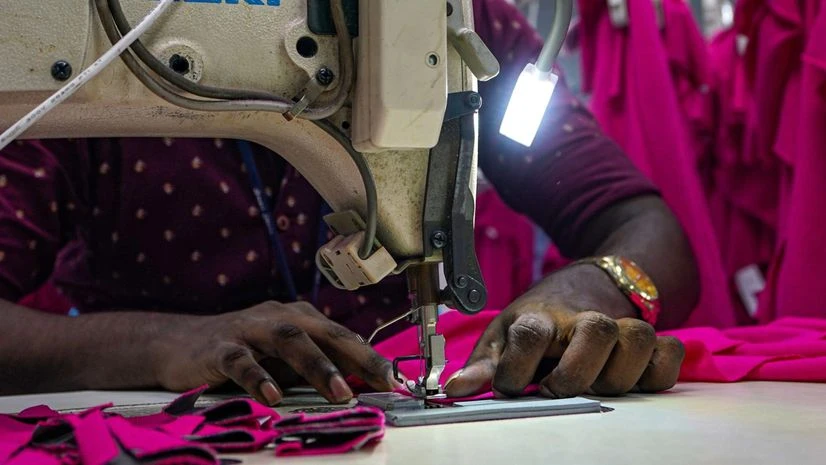The textile and apparel industry is India’s largest employment generator after agriculture, and contributes 2.3 per cent to the country’s gross domestic product. Notably, 80 per cent of its capacity is spread across clusters of micro, small, and medium enterprises (MSMEs), implying that a significant portion of the production process, from raw-material processing to garment manufacturing, remains labour-intensive. As reported by this newspaper last week, the Union government is in the process of formulating a production-linked incentive (PLI) scheme for garments. This will be separate from the existing PLI scheme for textiles. While the proposal brings fresh hope, past evidence begs the question whether the PLI scheme can indeed transform India’s manufacturing ecosystem.
Saturday, January 03, 2026 | 06:50 AM ISTहिंदी में पढें
Scaling up garment production: Incentives alone won't fix structural gaps
Aimed at boosting the production of manmade fibre (MMF) apparel and MMF fabric, it was launched in 2021 with a budgetary outlay of ₹10,683 crore for five years
)
premium
The key issues in the textile and garment sector, including limited access to raw materials, inefficient logistics, cumbersome trade procedures, and restrictive labour regulations, have significantly eroded India’s competitiveness. (Photo: Bloomberg)
